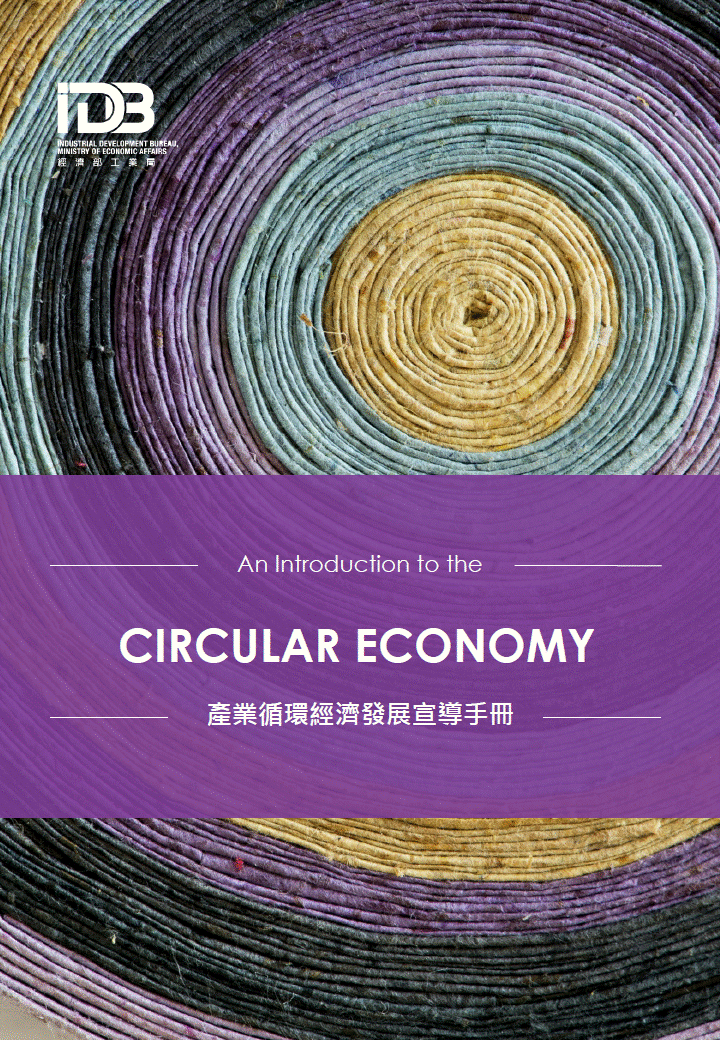top of page
Link and Loop.
歐盟是全球循環經濟相關政策及法規推動最為積極的地區之一,以「循環經濟行動計畫」為主要依據,配合「歐盟綠色新政」承諾;本報告彙整3項歐盟循環經濟相關政策及法規,包括:循環經濟行動計畫(CEAP)、包裝及包裝廢棄物指令(PPWD)、一次性塑膠指令(SUPD),並分析前述法規對市場的影響由於塑膠適用產業廣泛,故法規加嚴有利於再生塑膠材料的長期發展。
EU is one of most active region to enact circular economy related policies and regulations. Based on European Green Deal, EU has launched New Circular Economy Plan (CEAP). This report will introduce and analyze market opportunities for the related policies and regulations, including CEAP, Packaging and Packaging Waste Directive, and Single-Use Plastic Directive.
針對國際塑膠相關再生料驗證議題,本報告彙整5種國際品牌常採用之再生料驗證:紡織交易所發布之「回收聲明標準」(RCS)及「全球回收標準」(GRS)驗證標準、「德國萊茵TÜV再生材質驗證」、「UL2809再生料含量驗證」與「歐盟EuCertPlast」。驗證內容包含:「再生材料溯源」、「再生料比例」等,並區分為「消費後再生料」或「工業後再生料」。
This report introduces 5 common international recycled content certificates, including RCS and GRS, TÜV Rheinland Recycled Material Verification, UL2809 Recycled Material Content Verification, and EuCertPlast. The verification content includes the source and the proportion of recycled materials, and indicate the recycled material is ‘post-consumer’ or ‘post-industrial’.
全球消費性電子及電動車的使用量持續增加,但隨之而來的是電池生產對環境的影響越來越大,回收用於製造電池的元件是否會帶來任何環境效益? 本報告以生命週期評估法,分析再生觸媒對整體環境衝擊,並以新料觸媒作為比較基礎。主要結果顯示,再生觸媒因不須開採鈷錳金屬,在對環境具有顯著效益。
Globally consumer electronics and electric vehicle use continues to increase, yet with this comes increasing environmental impacts from battery production. Would recycling parts of the elements used to make batteries lead to any environmental benefits? This LCA report found that overall recycling battery catalysts have a lower environmental impact, and offer more benefits because they reduce the need for mining cobalt and manganese.
使用不可回收的廢物來減少公司的燃料費用,也可減少垃圾掩埋的費用,但是潛在的環境影響呢?本報告以生命週期評估法,分析紙廠製紙過程產生的廢紙排渣,透過製程再製為 RDF 作為鍋爐輔助燃料,對整體環境的衝擊。主要結果顯示,廢紙排渣再製為 RDF 對整體環境衝擊僅燃煤的20%。
Using non-recyclable wastes for energy reduces fuel expenses for companies and reduces landfill usage. But what about the potential environmental impacts? Results from this life cycle analysis on paper waste fuel show that it is 80% better for the environment than coal. Using this type of fuel to replace coal would have noticeable environmental benefits. This has important policy implications for Taiwan as currently this type of RDF is limited to internal factory use only.
為了因應全球暖化及改善空氣品質,近年各國開始大力推動使用農林業廢棄物作為生質燃料,以替代化石燃料,本報告以生命週期評估法,分析自東南亞國家進口木顆粒與棕櫚殼作為鍋爐燃料對整體環境衝擊。主要結果顯示,相較燃煤,木顆粒與棕櫚殼對整體環境影響僅為燃煤的20%至30%。
To improve air quality and fight climate change countries use plant-based energy, or biomass, as a substitute for fossil fuels. This report looks at the total life cycle impact of using wood pellets and palm kernel shells (PKS) as fuel for energy in Taiwan. This study shows wood pellets and PKS are at least 70% cleaner than coal. These findings suggest that for Taiwan to quickly clean up it’s emissions it can use more biomass instead of coal.
隨著全球汽車里程總數的攀升,輪胎的使用隨之增加,但與此同時,這也使得全球每年增加 10 億噸的廢棄輪胎。本報告以生命週期評估法,分析廢輪胎熱裂解應用對整體環境衝擊,並以重油作為比較基礎。整體研究結果顯示,回收廢輪胎再製為熱裂解油的衝擊較重油低。
With an ever-rising increase in wheeled travel, from cars and trucks to scooters, tire consumption is also increasing. Currently the world produces 1 billion tons of waste tires each year. Pyrolysis is a common method to process waste tires into usable fuel. The main result this LCA report shows that environmental impact of pyrolysis oil is 80% of that of heavy oil.
只需要10分鐘,你就可以瞭解循環經濟的概念與國際上常見的模式,你會學習到其他公司如何實踐循環經濟的商業模式,並導入在你的公司裡。祝你轉型順利!
Want to learn more from one of the top recycling nations in the world? Inside this report discover how Taiwanese companies are using waste as a resource in a variety of sectors with a special focus on heavy industry. You can explore how these companies capitalized on proven circular economy practices to develop environmentally and economically sound business models.
以「產業共生」概念所發展的循環園區,已成為各國推動循環經濟,提高資源利用率並減少溫室氣體排放的重要政策之一;本手冊的主要目的為介紹產業共生定義,並回顧各國在生態工業園區的主要案例及臺灣相關政策推動與做法,最後進行國內各產業園區的成功案例介紹。
Circular parks developed with the concept of industrial symbiosis have become one of the major policies for governments across the world to promote circular economy, increase resource utilization and reduce greenhouse gas emissions. This report focuses on introducing successful cases and related policies in Taiwan.
bottom of page







